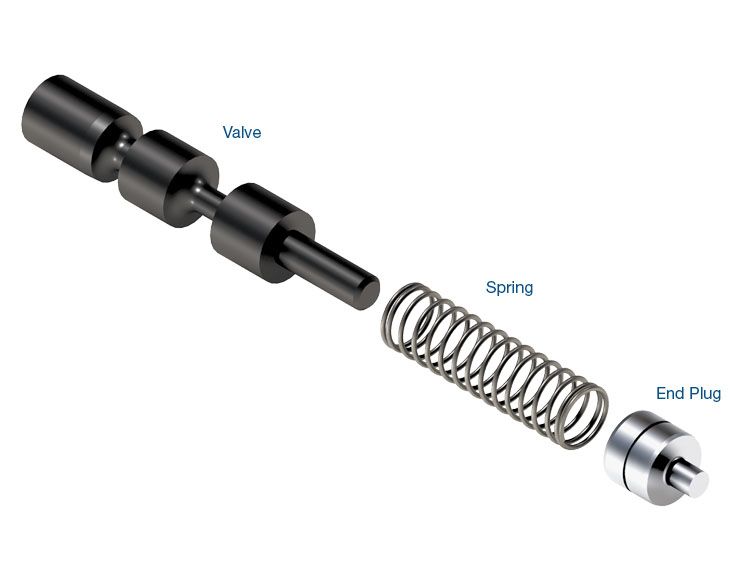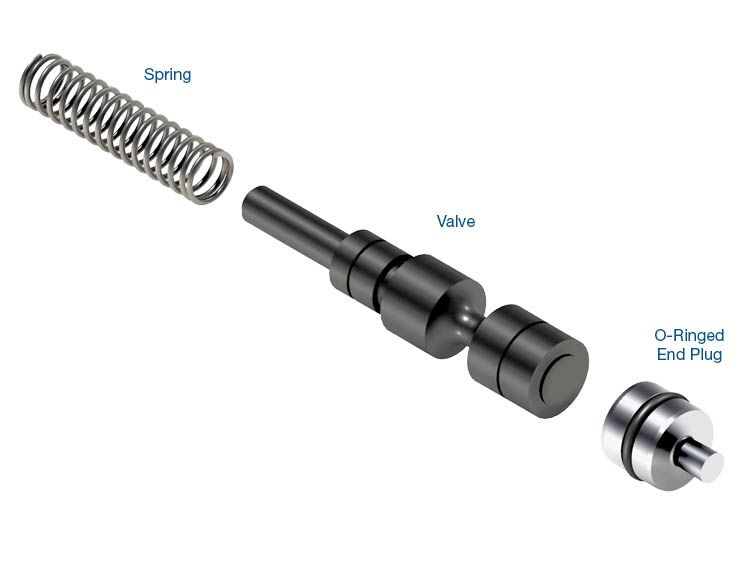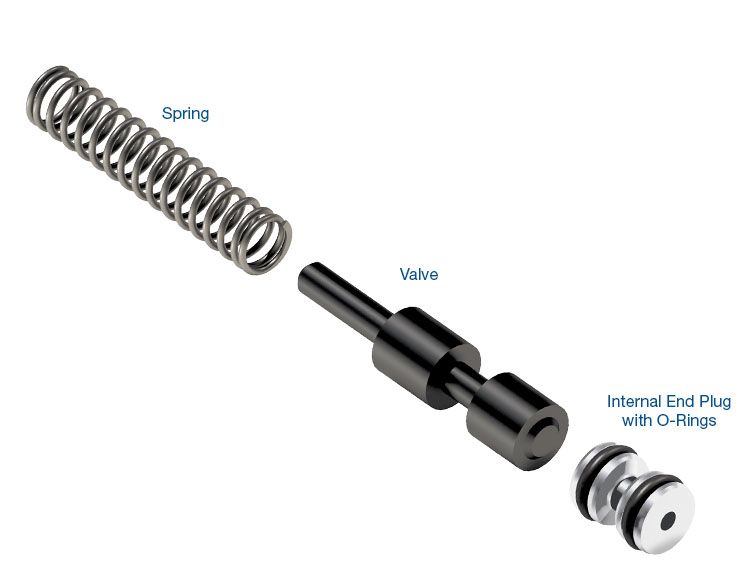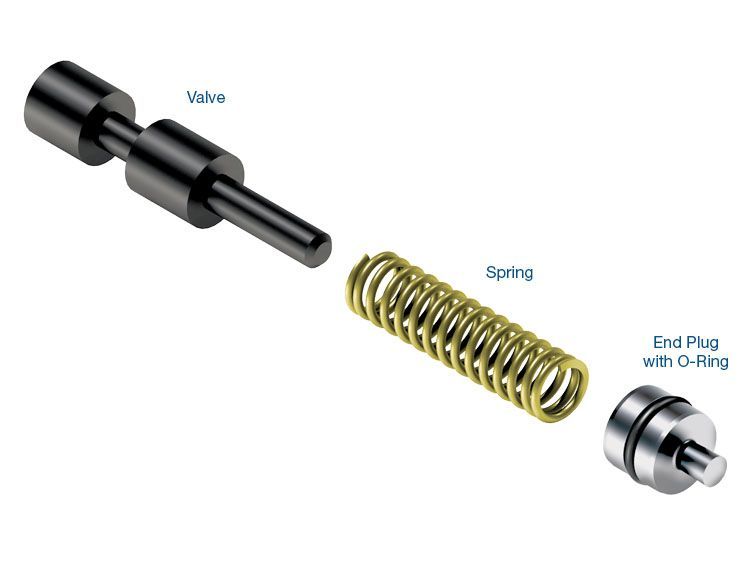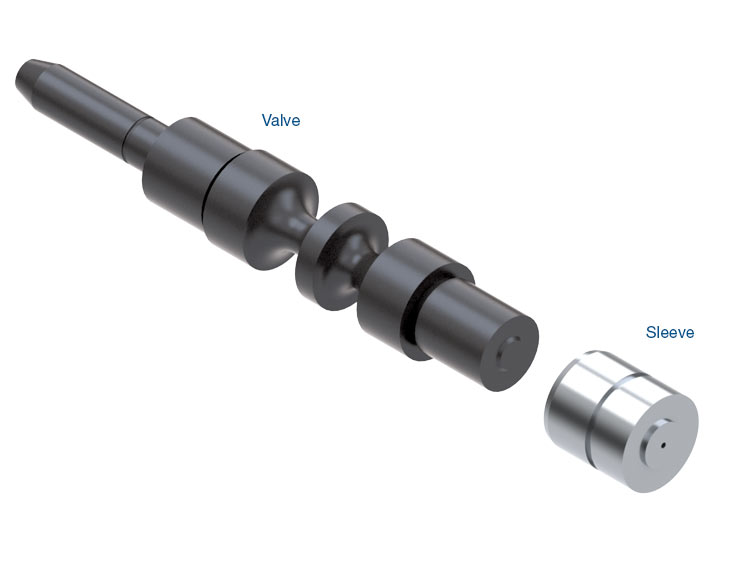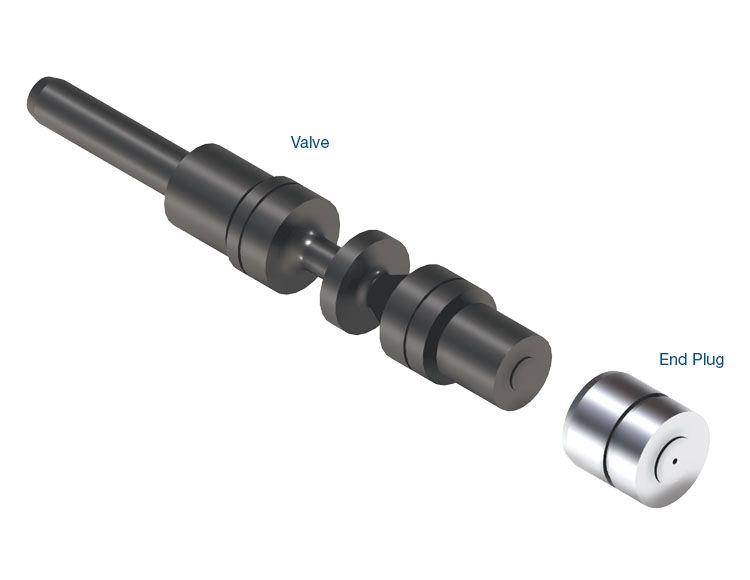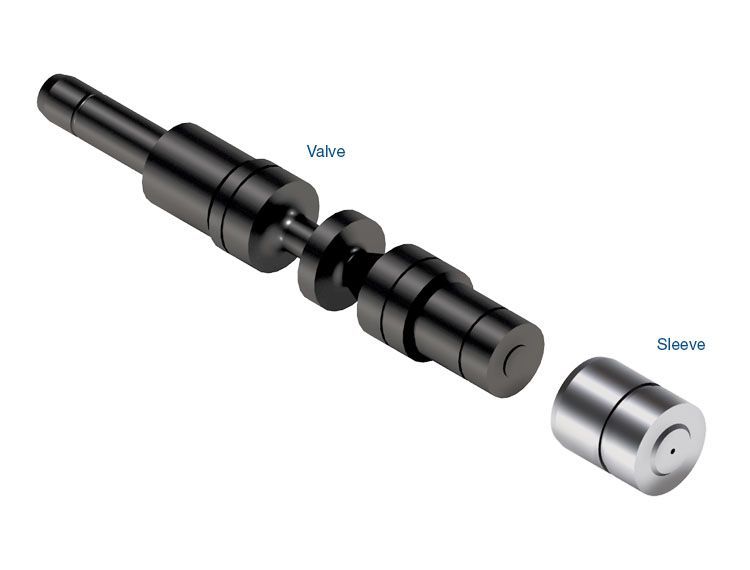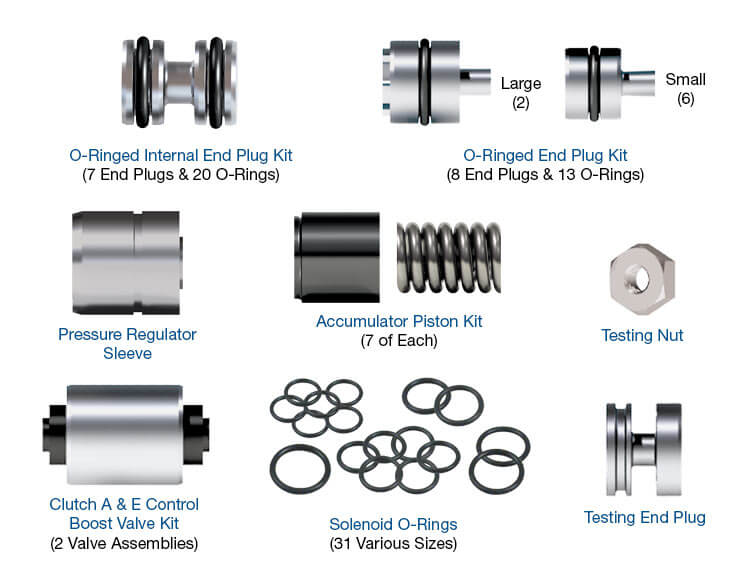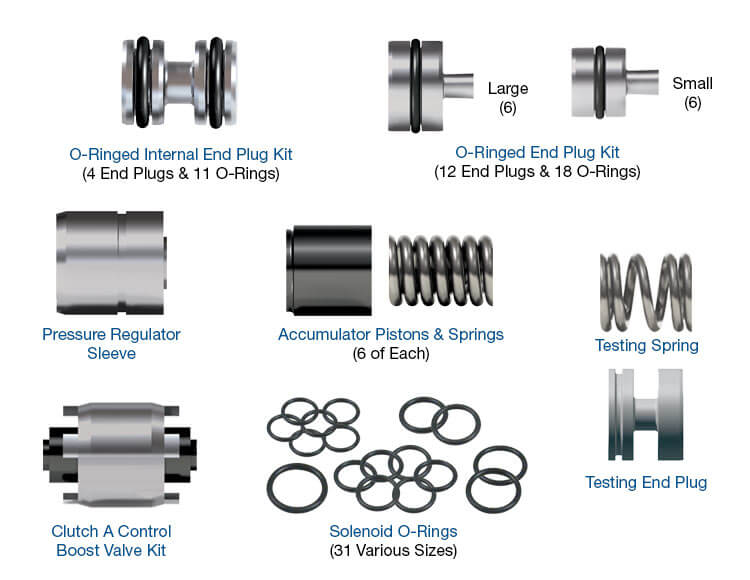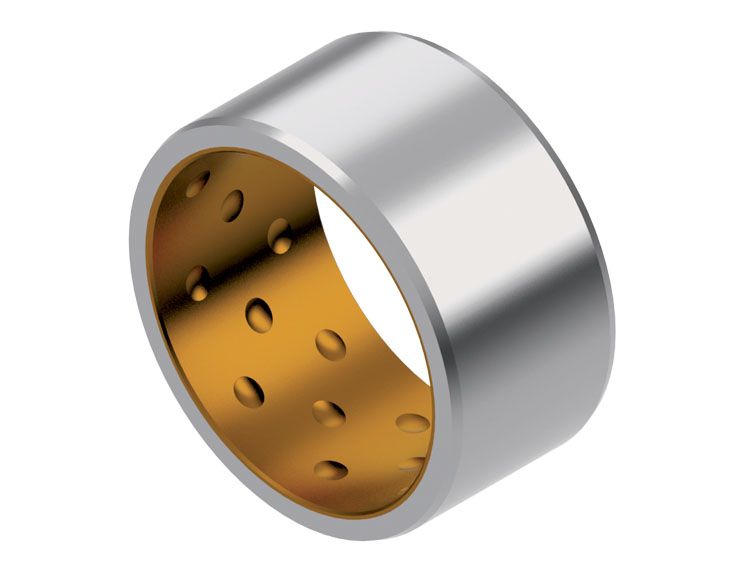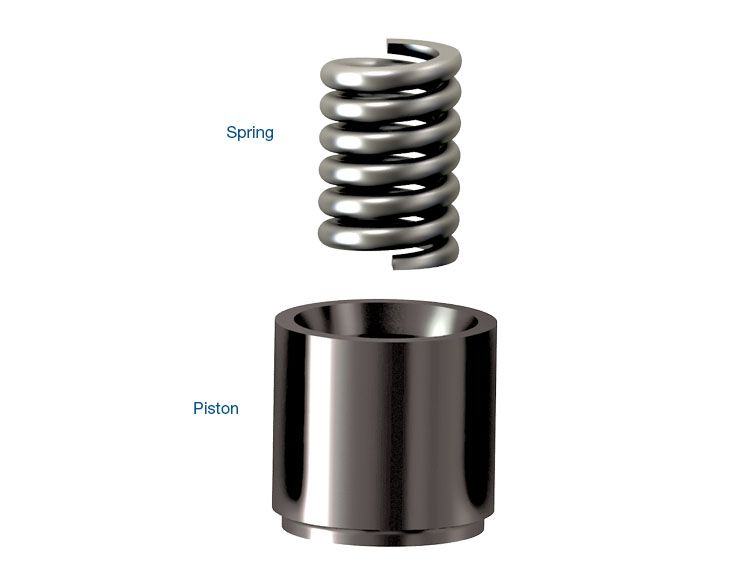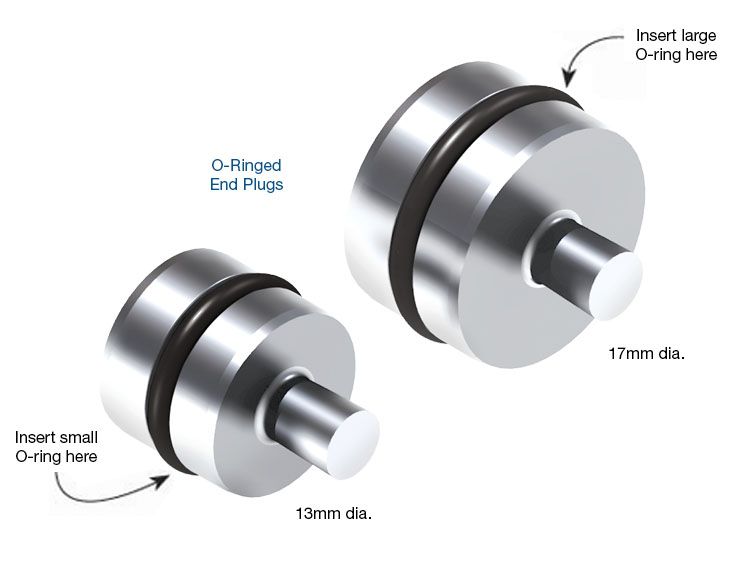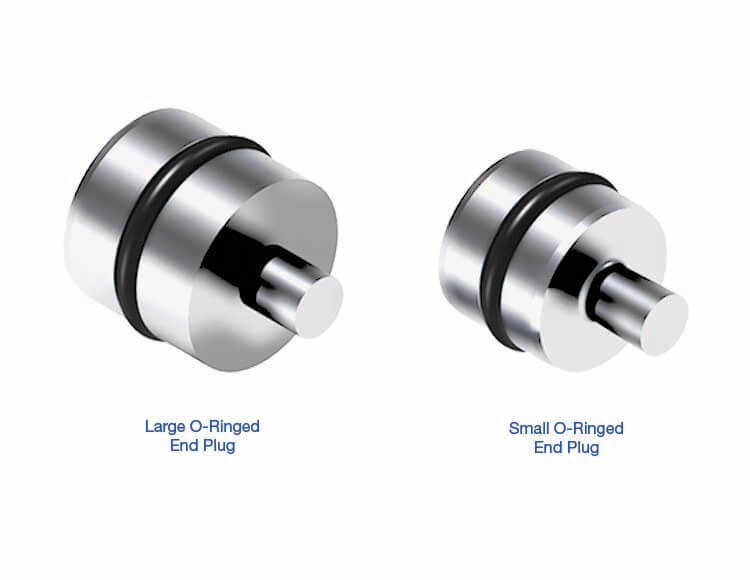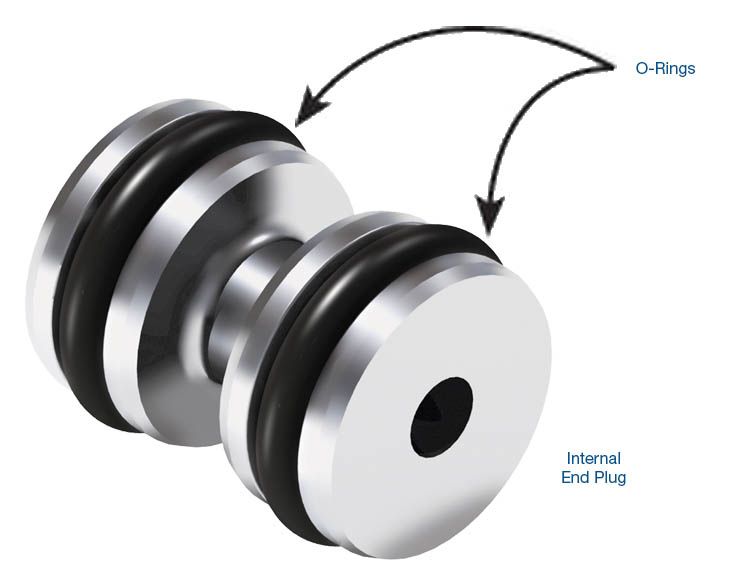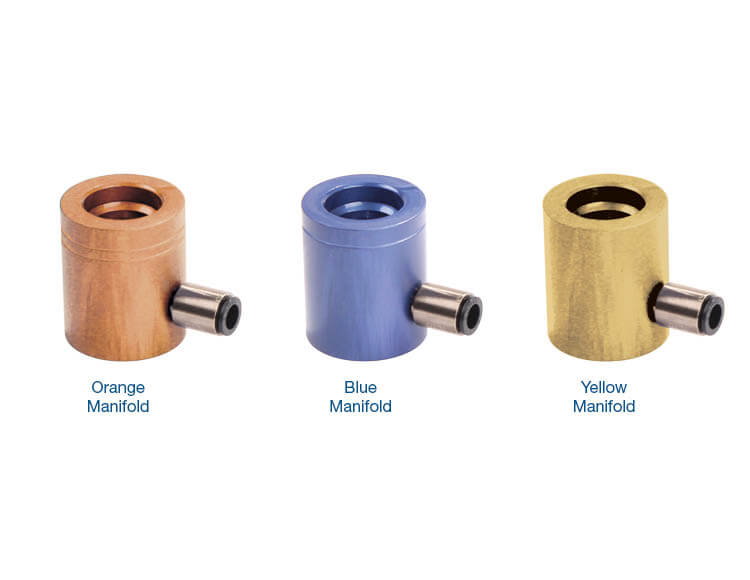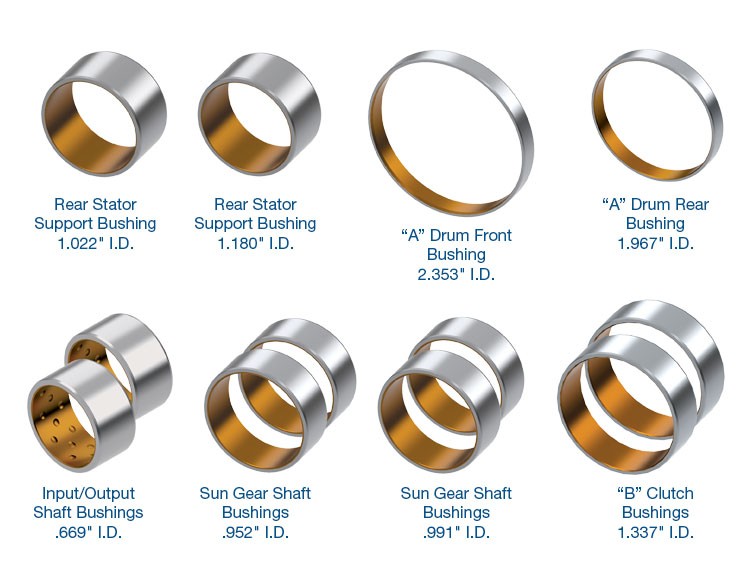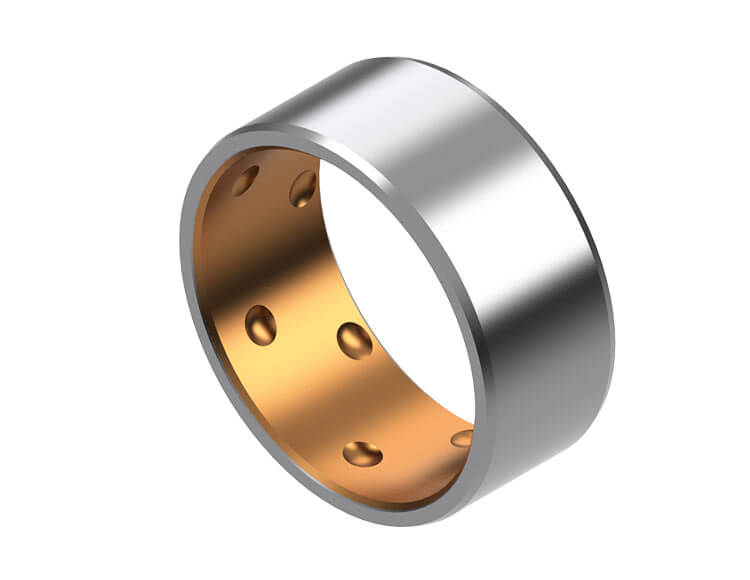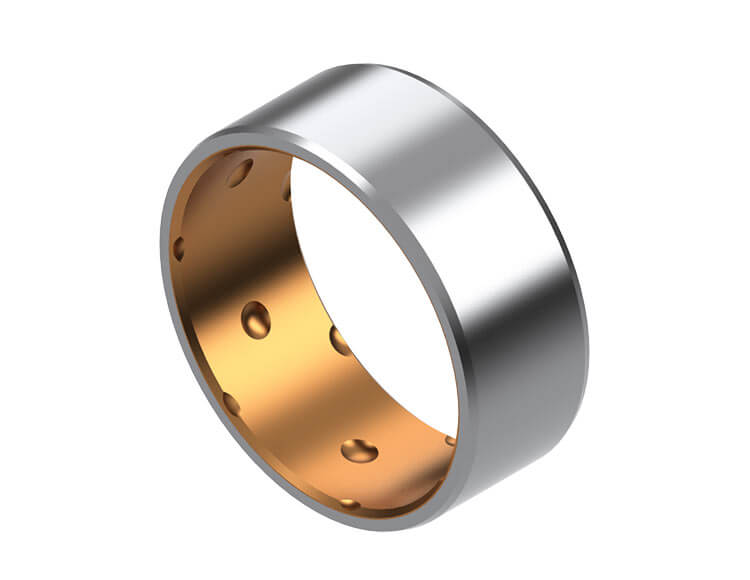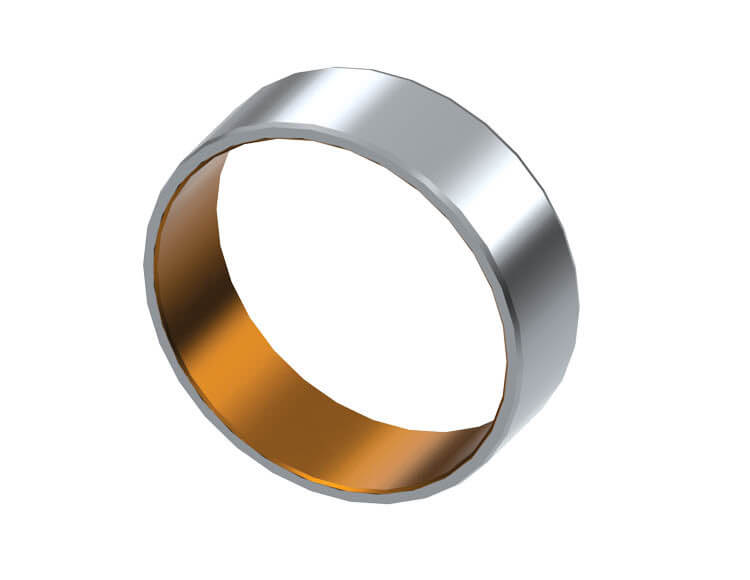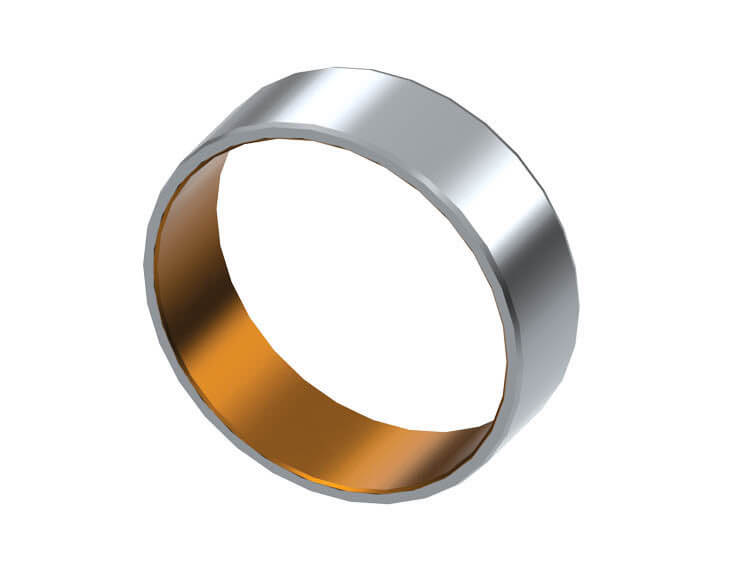周日六种方式:诊断ZF6&FORD 6R60 / 80 TC相关的驾驶能力问题
Bob Warnke
What is WK?
| 图1 |
|---|
 |
Accessing WK
Normal WK
| 图2 |
|---|
 |
Abnormal WK
- TC Slip
- Partial Release
- TCC/Solenoid/Ratio Codes
- Harsh Shifts
- 耀斑班次
- 反向粗糙闲置
The Root Cause
A Ford Note
No Mechatronic Swapping Allowed
把它带回家
Related Units
Related Parts
Required
Recommended
6R100.那6R60.那6R75那6R80 (2009-2014)那6R80(2015年后)那ZF6HP19那ZF6HP21那ZF6HP26那ZF6HP28那ZF6HP32那ZF6HP34
超大转换器释放稳压阀套件95740-05K
OE valve name: WK-V
-
帮助治愈:
- 多余的TCC滑动RPM和相关代码
- Harsh TCC apply & release
- Low TCC release pressure
- Rough idle in Reverse
- 苛刻的落光
- Flare shifts
- Overheated converter
Required
Recommended
6R100.那6R60.那6R75那6R80 (2009-2014)那6R80(2015年后)那ZF6HP19那ZF6HP26那ZF6HP32
Oversized Lubrication Control Valve Kit95740-11K.
OE valve name: SCHM-V
-
帮助治愈:
- 行星衰竭
- 衬套衰竭
- 润滑油失败
- Overheating
- Low converter pressure
- Bump shifts
- Flare shifts
- Rough idle in Reverse
- TCC适用和释放担忧
Required
Recommended
ZF6HP21那ZF6HP28那ZF6HP34
Oversized Lubrication Control Valve Kit95740-71K
ZF阀名称:SCHM-V
-
帮助治愈:
- Bearing failure
- 衬套衰竭
- 行星衰竭
- 润滑油失败
- Low converter pressure
- Overheating
- TCC代码& concerns
- Rough idle in Reverse
Required
Recommended
6R100.那6R60.那6R75那6R80 (2009-2014)那6R80(2015年后)那ZF6HP19那ZF6HP26那ZF6HP32
Oversized Bypass Clutch Control Valve Kit95740-13K.
OE阀名称:WD-V
-
帮助治愈:
- TCC代码
- Excess TCC slip
- Cycling RPM
- Low TCC release pressure
- Flare shifts
- 苛刻的转变
- Rough idle in Reverse
- Overheated converter
Required
Recommended
ZF6HP21那ZF6HP28那ZF6HP34
Oversized Bypass Clutch Control Valve Kit95740-73K
ZF阀名称:WD-V
-
帮助治愈:
- TCC代码
- 多余的TCC滑动RPM和相关代码
- Low converter pressure
- Overheated converter
- Flare shifts
- 苛刻的转变
- Rough idle in Reverse
Required
Recommended
6R100.那6R60.那6R75那6R80 (2009-2014)那6R80(2015年后)那ZF6HP19那ZF6HP26那ZF6HP32
Oversized Solenoid Pressure Regulator Valve Kit95740-17K
ZF阀名称:DR.REO-V
-
帮助治愈:
- Flare shifts
- Neutral shifts
- Harsh upshifts
- 苛刻的落光
- 齿轮比码
- Solenoid performance codes
- Delayed Forward
- Delayed Reverse
- 错误的齿轮开始
- TCC滑倒
Required
Recommended
ZF6HP21那ZF6HP28那ZF6HP34
Oversized Solenoid Pressure Regulator Valve Kit95740-64K
ZF阀名称:DR.REO-V
-
帮助治愈:
- 延迟参与
- Flare shifts
- 苛刻的落光
- Neutral shifts
- High line pressure
- Harsh upshifts
- 错误的齿轮开始
- 齿轮比和螺线管码
- TCC滑倒
Required
Recommended
ZF6HP19那ZF6HP26那ZF6HP32
Oversized Pressure Regulator Valve Kit95740-78K
Fits units with 053 separator plate only.
OE valve name: SYS.DR-V
-
帮助治愈:
- Broken parts due to excessive line pressure
- 不稳定的线压力
- 苛刻的转变
- High line pressure
- Restricted converter/lube flow
- Soft shifts
- Flare shifts
- TCC滑倒
Required
Recommended
6R60.那6R75那6R80 (2009-2014)那ZF6HP19那ZF6HP26那ZF6HP32
Oversized Pressure Regulator Valve Kit95740-01K.
Fits 6R80 '14-earlier. Cannot be used in units that have a 053 separator plate.
OE valve name: SYS.DR-V
-
帮助治愈:
- Poor shift quality
- Flare shifts
- 苛刻的转变
- 不稳定的线压力
- Slips in Forward & Reverse
- Delayed Reverse
- No Reverse
- TCC滑倒
Required
Recommended
ZF6HP21那ZF6HP28那ZF6HP34
Oversized Pressure Regulator Valve Kit95740-69K
ZF阀名称:SYS.DR-V
-
帮助治愈:
- Poor shift quality
- Low line pressure
- Flare shifts
- High line pressure
- 苛刻的转变
- 烧焦换算器
- Delayed Reverse
- No Reverse
- TCC滑倒
Required
Recommended
那6R80 (2009-2014)那6R80(2015年后)那ZF6HP19那ZF6HP26那ZF6HP28
Input/Output Shaft Bushing95030-05
Fits units with .669" (16.98mm) dia. shaft journals only.
- 衬套风格:Precision
- Material:Bimetal
- Housing Bore:0.788“
- Shaft Dia.:0.669“
- Width:0.393"
-
帮助治愈:
- 衬套磨损
- 衬套衰竭
- 比率代码
- B离合器被烧掉了
Required
Recommended
Required
Recommended
Required
Recommended
Required
Recommended
Required
Recommended
Required
Recommended
ZF6HP26那ZF6HP28
Bushing Kit95030-26K
Fits units with input shaft bushing journal diameters of 1.022" (25.97mm) & 1.180" (29.96mm).
- 衬套风格:Precision
- Material:Bimetal
-
帮助治愈:
- E Clutch burned
- B离合器被烧掉了
- 齿轮比和螺线管码
- 衬套磨损
- 衬套衰竭
Required
Recommended
Required
Recommended
Required
Recommended
Required
Recommended
ZF6HP19那ZF6HP21
"B" Clutch Bushing95030-07A
Fits units with 1.219" (30.97mm) shafts only.
- 衬套风格:Precision
- Material:Bimetal
- Housing Bore:1.339"
- Shaft Dia.:1.219"
- Width:0.394"
-
帮助治愈:
- 衬套磨损
- 衬套衰竭
- B离合器被烧掉了
- 比率代码
Required
Recommended
Required
Recommended
ZF6HP19那ZF6HP21
"B" Clutch Bushing95030-07B
仅适用于1.396“(35.47mm)轴的单位。
- 衬套风格:Precision
- Material:Bimetal
- Housing Bore:1.516"
- Shaft Dia.:1.396"
- Width:0.394"
-
帮助治愈:
- 衬套磨损
- 衬套衰竭
- B离合器被烧掉了
- 比率代码
Required
Recommended
ZF6HP19那ZF6HP21
Bushing Kit95030-19K.
- 衬套风格:Precision
- Material:Bimetal
-
帮助治愈:
- E Clutch burned
- B离合器被烧掉了
- 齿轮比和螺线管码
- 衬套磨损
- 衬套衰竭
虽然Sonnax力求确保所以他们racy of technical articles at time of publication, we assume no liability for inaccuracies or for information which may become outdated or obsolete over time.
